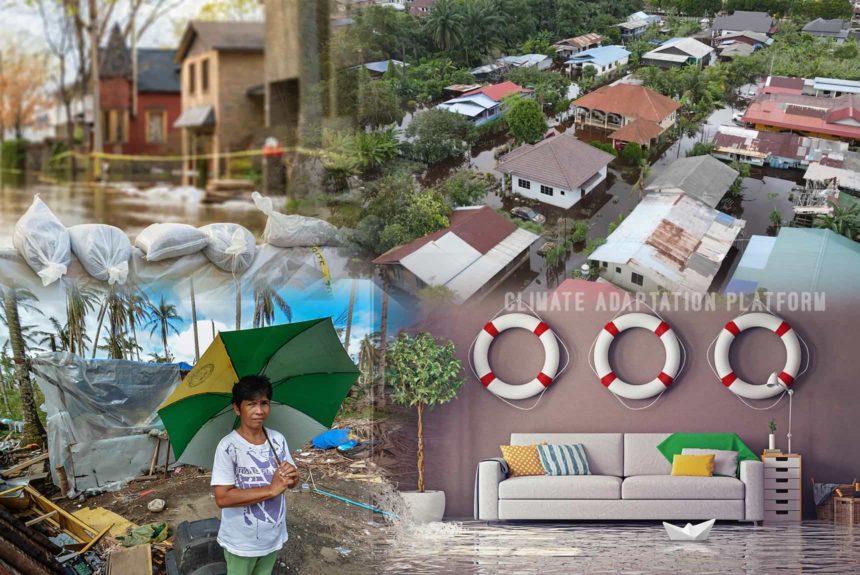When individual households initiate climate adaptation like building protection against floods, these efforts help reduce the damages. They also complement government-level climate adaptation.
But how can governments and risk managers motivate households to take actions to protect themselves against the increasing effects of climate change, and what are the drivers that lead to individuals taking climate actions.
Researchers from Delft University of Technology and Twente University surveyed 6000 individuals in the Netherlands, the United States, China, and Indonesia to answer these questions. The first two countries represent the global north, and the last two represent the global south.
Survey response offers an understanding of what motivates or hinders people from implementing climate adaptation like flood-proofing their homes, buying sandbags, or petitioning a government representative, among other actions.
Survey findings show that ‘self-efficacy and perceived cost’ are two common motivators that drive climate adaptation among households. For example, individuals will be motivated to climate adaptation if they think it will stop the flood from entering their house.
But there are also distinct differences in household motivation and intention when assessed with the following variables: household’s ability to adapt, the influence of media, and past flood experience across families. For example, the social media censorship between the global north and global south accounts for the differences of social media’s influence in their adaptation.
The study attributes these dissimilarities to cultural and situational differences across countries. Findings from the study can inform international climate adaptation policies.
Because of the increasing impacts of flooding due to climate change, household-level adaptation can significantly complement government adaptation measures and climate resilience building.
Tatiana Filatova, a lead researcher of the study, says:
“To promote adaptation at the household level, policymakers can use the findings to help craft communication messages and policies — adapted to the culture of the country — that provide households with the necessary incentives to build a more climate-resilient society. We should be mindful about the key drivers of adaptative behavior that differ among countries since what encourages adaptation in one context can discourage it in another. The UN Glasgow Climate Conference emphasized the importance of climate adaptation and the need to share the burdens and costs of climate change between the global north and south. With our research, we show that policymakers should carefully extrapolate knowledge about why and how citizens adapt to climate change to other regions.”
Read the entire report by clicking the link below:
Source Citations:
Climate adaptation of households compared internationally. (2021, December 2). Science Daily. Retrieved from https://www.sciencedaily.com/releases/2021/12/211202113427.htm
Noll, B., Filatova, T., Need, A., & Taberna, A. (2021, December 2). Contextualizing cross-national patterns in household climate change adaptation. Nature Climate Change. Retrieved from https://www.nature.com/articles/s41558-021-01222-3



Leave a Reply